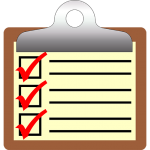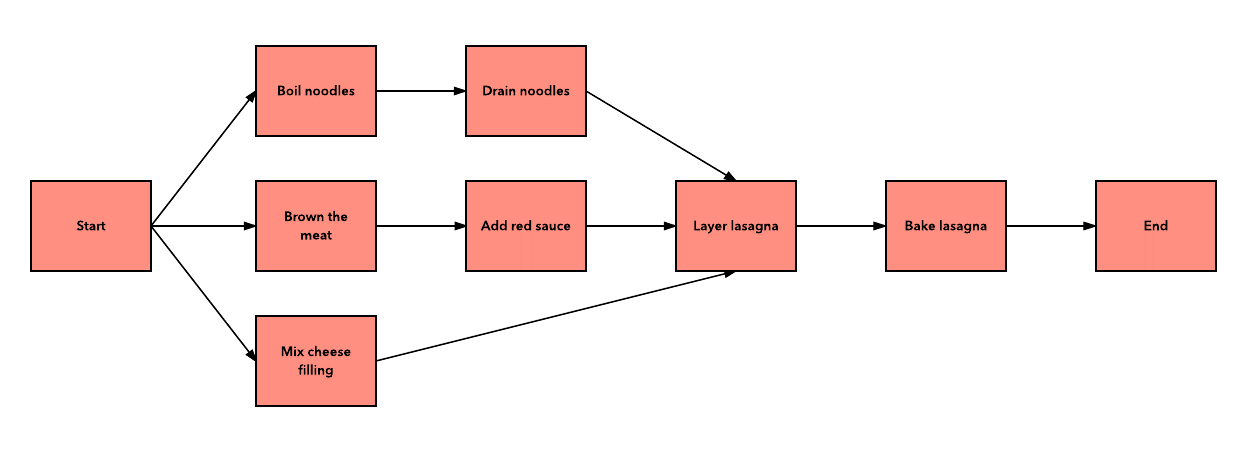 A project plan is more than a to-do list! A project plan not only lists what needs to be done, but in what order. A smart aleck like myself might say, “Then number the list! Problem solved.” Not so fast.
A project plan is more than a to-do list! A project plan not only lists what needs to be done, but in what order. A smart aleck like myself might say, “Then number the list! Problem solved.” Not so fast.
Multi-Tasking Matters
How many projects have you managed (for example, holiday meal preparation, bathroom remodel, wedding planning, or moving) in which there was no multi-tasking? Not many, I bet. In most projects, there are some dependencies that keep the work moving in a linear way: “I can’t do B until she does A.” However, there are oftentimes several tasks that can happen at the same time, once one key task is complete or one key decision is made.
First Things First
This is why a project plan is more effective than a simple to do list. It shows the dependencies and the sequence of tasks, so everyone is clear on what they’re waiting on and who is waiting on them before the work can proceed. Let’s take simple example from – making a lasagna (which I’ve adapted from the folks at LucidChart). Using a basic table, you can list the steps and upon which each depends.
| Step | Activity | Depends On |
| A | Gather all ingredients | — |
| B | Boil noodles | A |
| C | Brown the meat | A |
| D | Mix the cheese filling | A |
| E | Drain the noodles | B |
| F | Warm the red sauce | C |
| G | Assemble the lasagna | D, E, F |
| H | Bake the lasagna | G |
| I | Eat the lasagna | H |
This table says, “Once you have the ingredients, you can start by boiling the noodles, browning the meat, and mixing the cheese filling. You can’t drain the noodles till they’re boiled. You can’t warm the red sauce until the meat is fully cooked, because you’ll add it to the meat once it’s done. Once the cheese filling is made, the noodles are drained, and the sauce and meat are mixed, then you can assemble the lasagna. Then you bake and enjoy.”
Another way to communicate this is in a network diagram that looks like this:
While it may not seem necessary to do all this for a lasagna, imagine if you were coordinating the launch of a database, the relocation of an office, the planning of a fundraiser, or the submission of a huge federal grant request. When you’ve got lots of cooks in the kitchen and lots of moving parts, this kind of coordination is a life-saver!
Planning as Team-Building
When your team members see what work has to precede theirs and whose work depends on theirs, it builds teamwork and empathy. Too often, we only focus on our piece, forgetting that it’s part of a puzzle that needs to make a bigger picture. But when we have an understanding of what has to happen before the work gets to us and where it goes after us, we can better understand why it has to be done a certain way and why our project timeline matters. This is another reason why I believe that project planning is a team sport!
Next time, I’ll share a tool that helps you figure out exactly who needs to be involved in each step and in which ways.


When Projects acquire a large span, better communication translates into better collaboration easily, since communication is already enhanced throughout a project.